TABLE OF CONTENTS
Physical Benefits of Cycling
What Muscles Does Biking Work?
Spinning
Making Cycling a Regular Part of Your Fitness Routine
Using Bike for Commuting
Planning Your Cycling Route
Cycle Gear
Bottom Line
Cycling is not only a fun and enjoyable activity, but it is also a versatile mode of transportation and exercise that can help you improve your physical and mental health. From daily commutes to weekend workouts, cycling is an effective way to stay fit, reduce stress, and save money on transportation costs. In this article, we'll explore the benefits of cycling, what muscles cycling works, how to make cycling a regular part of your fitness routine, and how to plan your cycling route.
PHYSICAL BENEFITS OF CYCLING
One of the main benefits of cycling is the positive impact it can have on your physical health. Cycling is a low-impact exercise that can improve cardiovascular health, increase muscle strength, and reduce the risk of chronic diseases such as diabetes and heart disease. Additionally, it's a great way to increase bone density and strengthen the immune system. Cycling can also help improve mental health by reducing stress levels and promoting a positive mood.
WHAT MUSCLES DOES BIKING WORK?
Cycling is a full-body workout that engages a variety of muscle groups. The primary muscles used when cycling are the quadriceps, hamstrings, and glutes. Additionally, cycling engages the calf muscles, hip flexors, and core muscles, helping to build strength and endurance throughout the body. Regular cycling can help tone and sculpt your body, particularly your legs, glutes, and core.
SPINNING
Spinning is a popular form of indoor cycling that can provide many of the same benefits as outdoor cycling, regardless of the weather conditions. Spinning classes are typically led by an instructor who guides participants through a series of challenging workouts, including sprints, hill climbs, and interval training. Spinning is a great way to improve cardiovascular health, increase muscle strength, and reduce stress levels. It's also a fun and social way to get a great workout in, whether you're a beginner or an experienced cyclist.
MAKING CYCLING A REGUALR PART OF YOUR FITNESS ROUTINE
To make cycling a regular part of your fitness routine, it is important to set goals, track your progress, and incorporate cross-training exercises. This can help you stay motivated and make progress towards your fitness goals. You can also use cycling as a way to commute to work or school, which can help you save money on transportation costs and reduce your carbon footprint. Regular cycling can also improve your overall fitness level, allowing you to tackle more challenging rides and routes.
USING A BIKE FOR COMMUTING
Cycling is a great alternative to traditional transportation methods, such as driving or taking public transit. Using a bike to get around can save you money on gas and parking fees, reduce traffic congestion, and improve air quality. Additionally, cycling is a great way to stay active and fit, even during your daily commute. Investing in a reliable and comfortable bike, perhaps even an electrical bike, along with the right cycle gear, can make cycling to work or school a comfortable and enjoyable experience.
PLANNING YOUR CYCLING ROUTE
To make cycling a more engaging and enjoyable experience, it is important to plan your cycling route. Look for routes that include challenging hills or scenic paths to keep things interesting. You can also mix up your cycling routine by incorporating different types of workouts, such as interval training, hill repeats, and long-distance rides. Planning your route in advance can help you avoid potential hazards or obstacles, and make for a more efficient and enjoyable ride.
CYCLE GEAR
When it comes to cycling, having the right gear is important for both safety and performance. Here are a few essential items to consider:
- Cycling helmet: A good quality helmet is essential for protecting your head in case of a fall or accident. If you're worried about the look or helmet hair, opt for an airbag that sits onyl around your neck and inflates on impact.
- Cycling shoes: Proper cycling shoes can help improve your performance by providing better support and grip.
- Cycling shorts / pants / bibs: Padded cycling pants can help reduce discomfort and chafing during longer rides.
- Cycle gear: Other essential cycle gear includes gloves, sunglasses, and a water bottle.
It is important to find gear that is comfortable and makes you feel good. If you are on the lookout, have a browse of our own cycling collection designed with professional athletes here.
BOTTOM LINE
Cycling is a versatile mode of transportation and exercise that can help you stay fit, reduce stress, and save money on transportation costs. By investing in the right cycle gear, making cycling a regular part of your fitness routine, planning your cycling route, and using a bike as a transportation vehicle, you can enjoy the benefits of cycling for both daily commutes and weekend workouts. Whether you prefer outdoor cycling or indoor spinning, cycling is a great way to improve your physical and mental health while also having fun. So why not give it a try and start pedaling your way to better health and fitness?
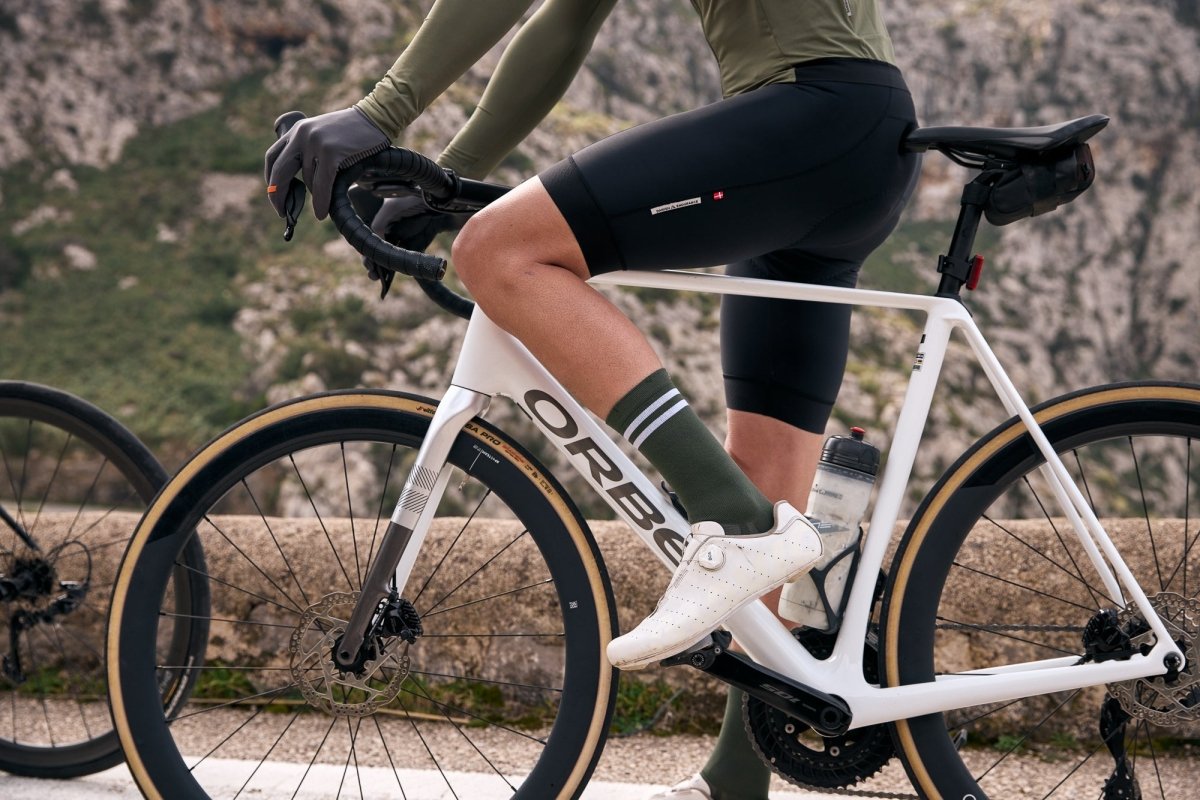
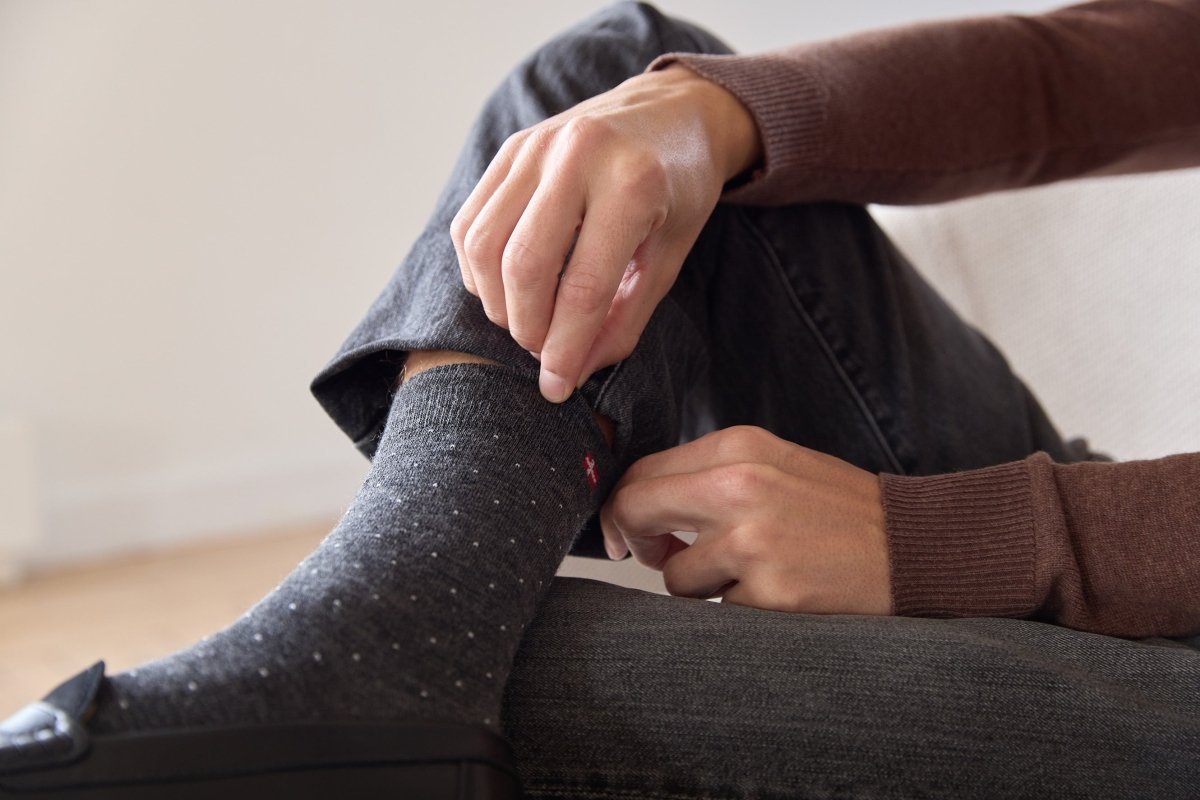


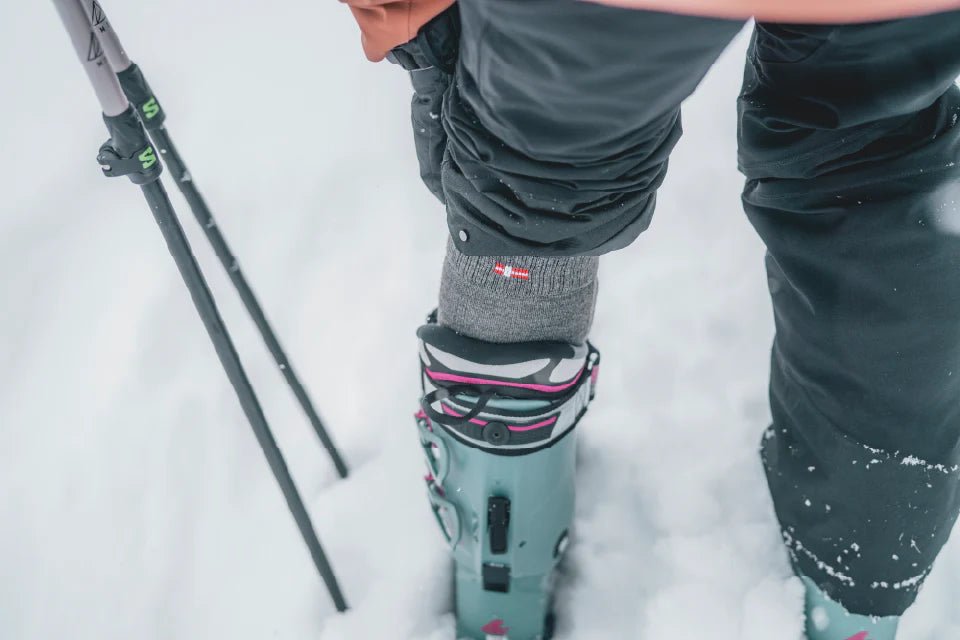
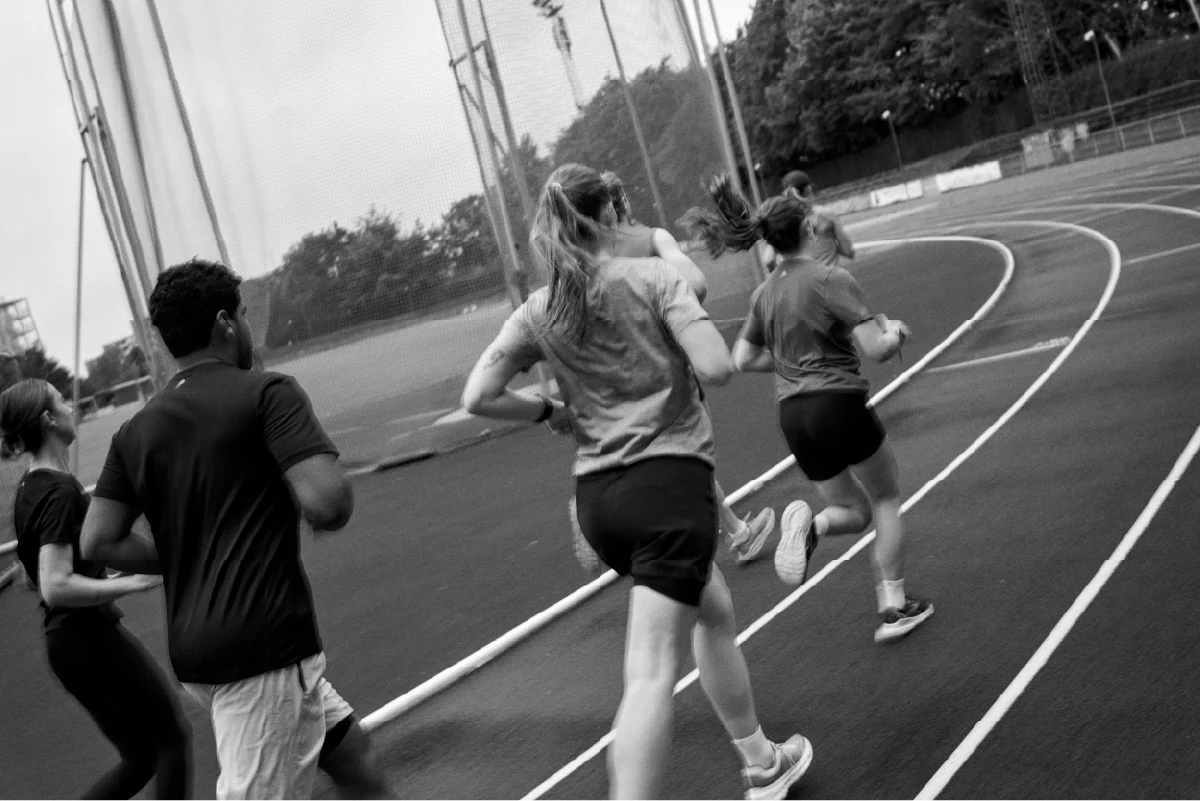
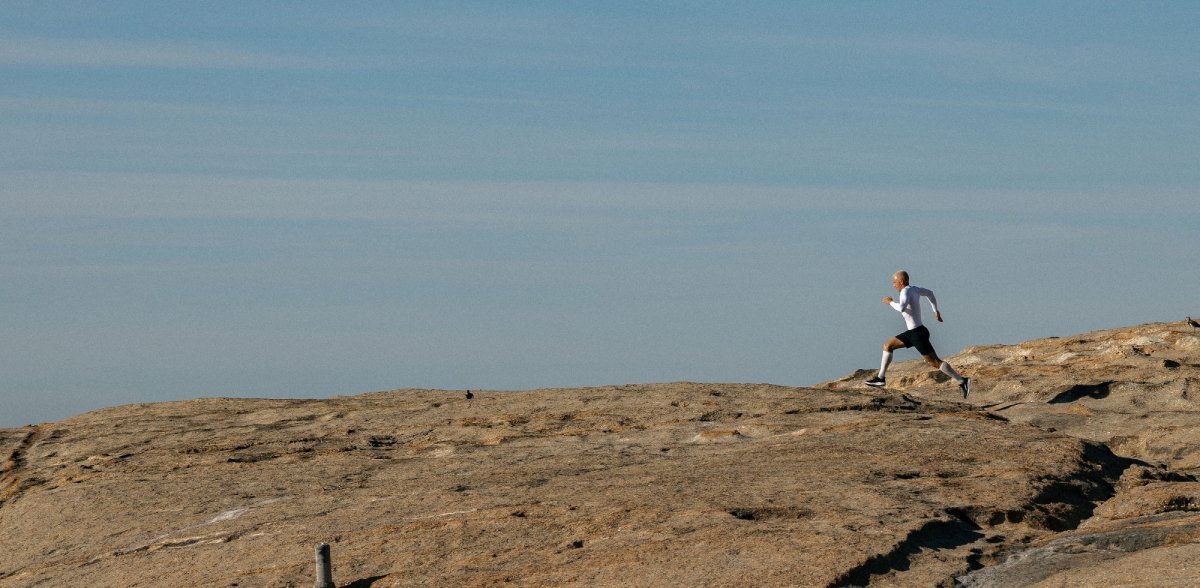
HOW CROSS TRAINING CAN TAKE YOUR FITNESS TO THE NEXT LEVEL
UNLOCK THE MIND-BODY CONNECTION: HOW SPORTS AND EXERCISING IMPACT MENTAL HEALTH